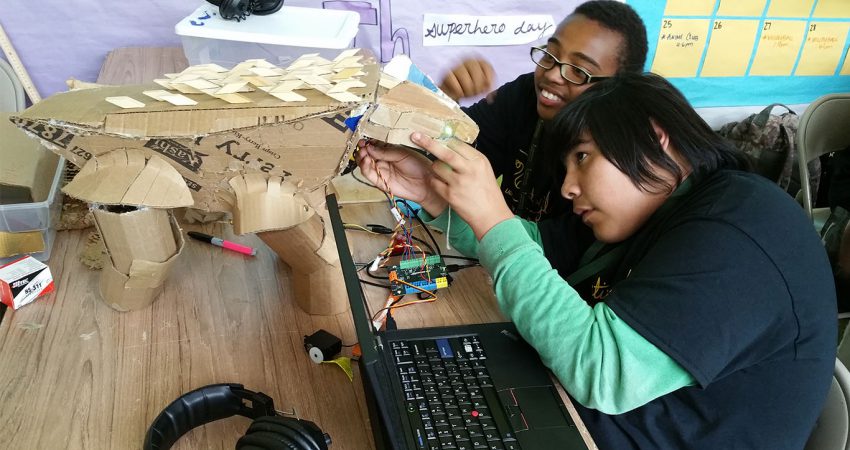
By Heather King - June 2011
PAPER CITATION
Ainley, M. & Ainley, J. (2011). A cultural perspective on the structure of student interest in science. International Journal of Science Education, 33(1), 51–71.
Based on the data from the international student assessment study PISA, this research examines student interest in science as pointed out by measures of knowledge, affect, and value, and compares findings between four countries with contrasting cultural values. The authors conclude that whilst levels of knowledge, value, and affect need to be understood in relation to the students’ cultural context, in general, an individual’s motivation for future participation in science, whatever their nationality, seems to be indicated by their current levels of enjoyment of science.
Ainley and Ainley’s study offers an insightful introduction to current thinking regarding student interest and motivation. They explain the difference between ‘situational’ interest (a temporary concentration of attention) and ‘individual’ interest (tendency to engage with a particular topic over time). They argue that levels and depth of interest can be calculated by the extent to which students possess knowledge of science, enjoy science, and value science. Further, they argue that depth of interest will in turn predict engagement in science activities now and in the future.
Their analyses of the PISA data also present an interesting insight into the ways in which cultural backgrounds may affect student interest and accomplishments in science. They note that there are some important differences between countries with regard to basic values and orientations (although clearly, there are always subgroups within populations who do not fit the cultural norm). They compared statistics from Sweden, the USA, Colombia, and Estonia. They then developed models to demonstrate the relationships between responses to thematic groups of questions in the PISA questionnaire that analyzed science knowledge, enjoyment in science, individual value of science, general value of science, general interest in science, engagement in science activities, and future-oriented motivation to learn science.
In their conclusion, Ainley and Ainley note that their models confirm that there are differences in the ways in which knowledge, value, and affect relate across the different countries’ data sets. For example, countries where the overall level of science knowledge was higher (e.g., in Sweden), personal values of science and knowledge were closely connected. In contrast, Colombian students recorded greater enthusiasm in science, but this interest was not contingent on their knowledge of science. These differences notwithstanding, their models highlighted some consistencies between countries, namely that the enjoyment of science is a central component in the network of relations between responses, and that individual value is an important factor in predicting enjoyment. Furthermore, the models project the centrality of enjoyment of science for current and intended future involvement in science. Thus, they argue that “curricula that recognise the importance of students’ enjoyment of science and sense of its personal importance are likely to increase student’s participation [both currently and in the future]” (p. 69). It is this finding that will be of particular significance for ISE practitioners as they indulge in developing educational resources that promote student interest and provide support for life-long engagement in science and related activities. The importance of enjoyment in securing student interest and engagement further offers ISIs a useful argument when defending their provision of resources and exhibits in a time of looming cutbacks and financial constraints.




